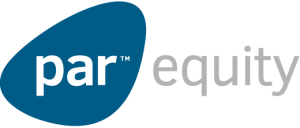Up to 1,800 hectares of degraded peatland will be restored as part of the Glen Dye Moor project.
This will result in a reduction in emissions totalling 650,000 tonnes of CO2 from peatland restoration over the life of the project.
The first phase of Peatland Restoration at Glen Dye Moor started was completed in January 2024, putting over 250ha of degraded peatland on the road to recovery.
The second phase of restoration work was carried out over winter 2024-25 and several more phases are planned in the Northern half of the estate over the next few years.
Glen Dye Moor has received project funding from NatureScot Peatland Action as part of the overarching aim to restored 250,000ha of degraded peatland across Scotland by 2030.
The restoration work will be validated and continually monitored and verified in accordance with the IUCN Peatland Code.
Investment in natural capital is a subject of continuous debate and the Scottish Government has recently published its Interim Principles on Responsible Investment in Natural Capital.
We support these principles, are currently engaging with the Scottish Land Commission to understand how best we can implement them and the Glen Dye Moor project will accord with the provisions set out by government.
Par Equity is an experienced investor in woodland creation, operating three other forestry investment vehicles.
Investment
Investment in natural capital is a subject of continuous debate and the Scottish Government has recently published its Interim Principles on Responsible Investment in Natural Capital.
We support these principles, are currently engaging with the Scottish Land Commission to understand how best we can implement them and the Glen Dye Moor project will accord with the provisions set out by government.

Par Equity is an experienced investor in the natural environment, operating three other forestry investment vehicles.

Aviva Investors’ climate transition strategy targets opportunities which are helping to accelerate, and benefit from, the transition to a low-carbon economy, such as, solar, on-shore wind and the active decarbonisation of inefficient real estate assets. It is also one of the first to target direct investments in nature-based solutions
